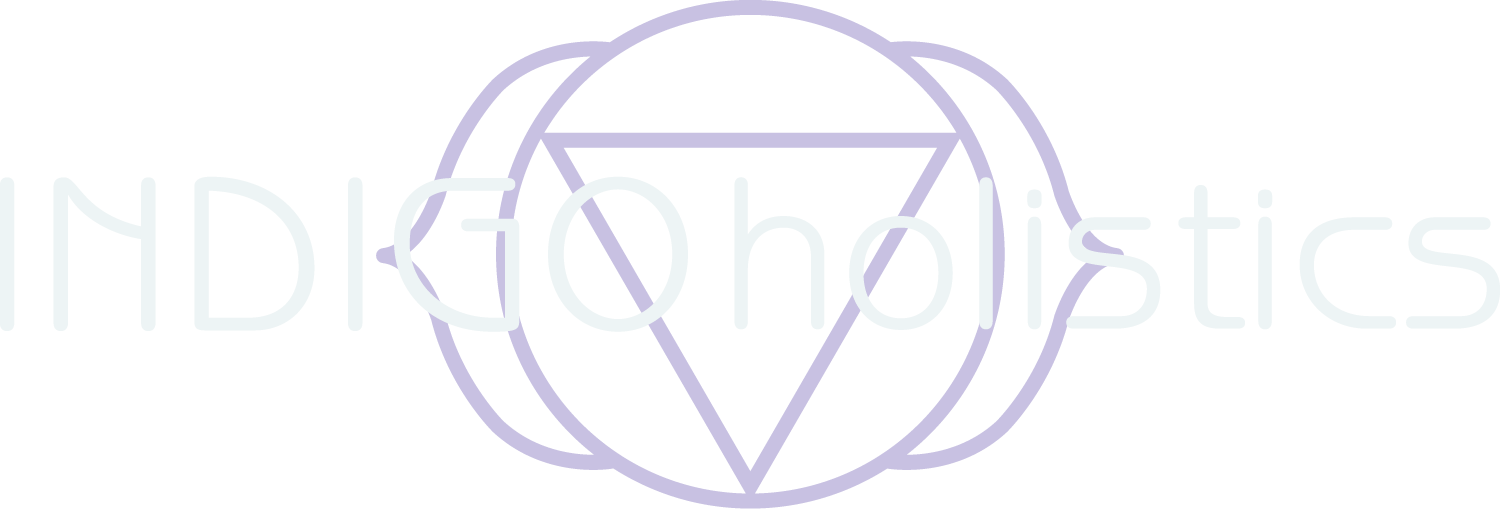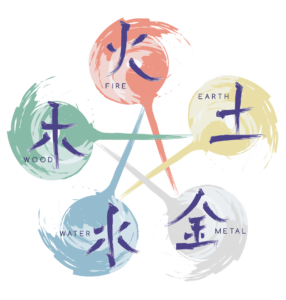
The ancient Chinese followed a philosophical principle that all phenomena in the universe follows an interdependent and cyclical pattern, which flows through nature, the seasons and our bodies.
Ancient eastern traditions, including Daoism, understood that a life force energy (referred to as ‘Qi’) is present in all physical and non-physical things. This energy moves through our world in different phases – Wood, Fire, Earth, Metal and Water and these ‘five phases’ manifest in our bodies – affecting our physical constitution, health and well-being.
This system of traditional ‘Five Element’ acupuncture has been practised throughout east Asia for over 3,000 years. The role of a five element acupuncturist is to bring the body in to a state of harmony and balance, so that healing can occur.
Traditional Five Element Acupuncture was first brought to Britain by Prof J.R. Worsley (1923-2003). JR travelled to the far east in the 1950’s and studied acupuncture in Taiwan, Singapore and Korea. He was particularly drawn to the five element system, which taught practitioners to diagnose patients on a physical, emotional and spiritual level, in order to heal the root causes of disease.
In 1956, JR opened The College of Traditional Acupuncture in Kenilworth, Warwickshire (where many of my tutors and peers studied). He then went on to write many books and deliver lectures, as well as opening training schools and treating patients in the USA, up until his death in 2003.
Traditional acupuncturists mostly use fine needles and moxibustion to treat patients. Physicians of other east Asian medicine practices may often use other techniques, including the use of cupping and massage. Specialist practitioners are able to prescribe herbs to support patients in managing health conditions as well.
The Five Elements
The five elements can be viewed as universal laws which operate within our bodies. This holistic system of medicine sees humans as a microcosm of nature and works with the patient at all levels of healing. Patients will often be diagnosed as having a particular resonance with one (or sometimes two) of the five elements, and this diagnosis will determine how imbalances are treated within the body.
Can you spot some of these constitutional characteristics in yourself or perhaps people you know?
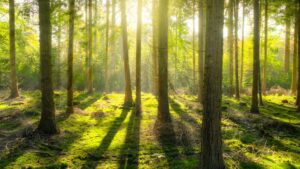 WOOD
WOOD
Season – spring
Associated Organs – liver and gallbladder
Colour – green
Sound – shout
Odour – rancid
Emotion – anger
Spirit – hun
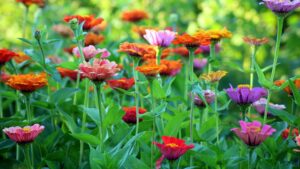 FIRE
FIRE
Season – summer
Associated Organs – heart, small intestine, pericardium, triple heater
Colour – red
Sound – laugh
Odour – scorched
Emotion – joy
Spirit – shen
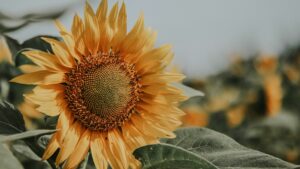 EARTH
EARTH
Season – late summer
Associated Organs – stomach and spleen
Colour – yellow
Sound – sing
Odour – fragrant
Emotion – sympathy
Spirit – yi
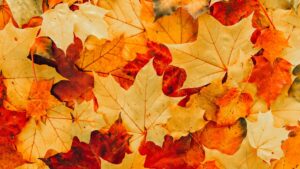 METAL
METAL
Season – autumn
Associated Organs – large intestine and lung
Colour – white
Sound – weep
Odour – rotten
Emotion – grief
Spirit – po
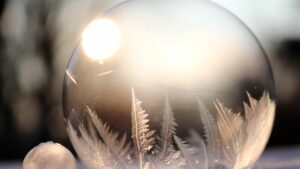 WATER
WATER
Season – winter
Associated Organs – bladder and kidney
Colour – blue
Sound – groan
Odour – putrid
Emotion – fear
Spirit – zhi
Useful links;
The Worsley Institute – https://worsleyinstitute.com/
The British Acupuncture Council – https://acupuncture.org.uk/news/five-element-acupuncture-whats-it-all-about/
The Acupuncture Academy, Leamington Spa – https://www.theacupunctureacademy.org.uk/
